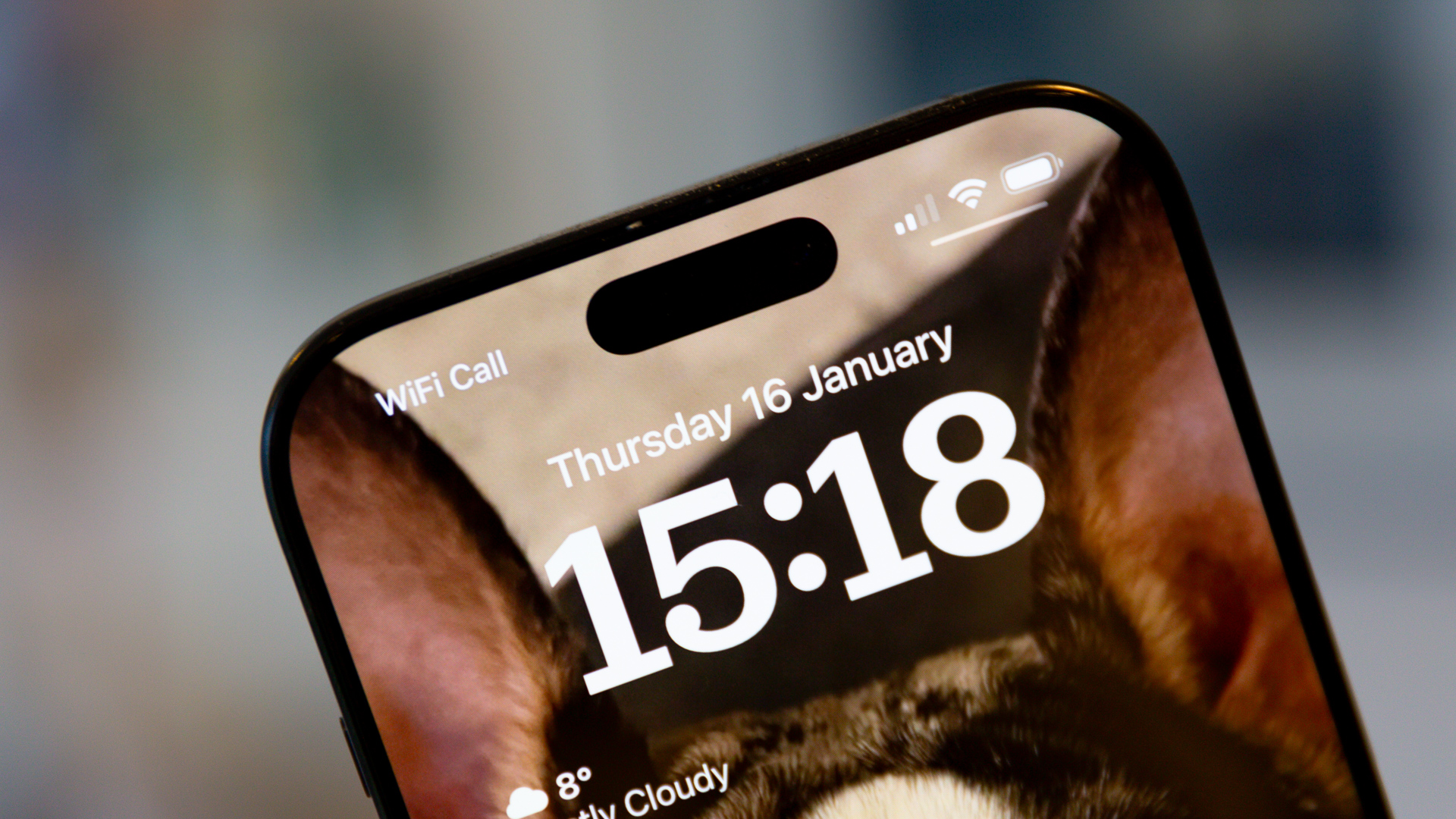

Quick Summary
A patent has been spotted suggesting Apple might have found a way to incorporate Face ID into an iPhone's display.
The patent suggests removing some sub pixels rather than entire pixels, as well as the wiring behind to allow for infrared light to pass through.
Apple introduced the Dynamic Island on iPhones back in 2022 with the iPhone 14 Pro models, before bringing it to the standard iPhone 15 range. At the time, it was a refreshing surprise that the pill-shaped cut out within the display did more than just house the Face ID sensors and front camera lens, acting as in interactive space too.
Some criticised the concept, but it's a feature of iPhone I use daily, usually for switching to the next track on my playlist or cancelling a timer. It has also been "borrowed" by other manufacturers since.
But in more recent times, multiple rumours have suggested it would get smaller, eventually even turning into the single hole punch cutout you see on many Android phones.
What might change for Dynamic Island?
That's yet to materialise, and it's thought the main reason was that Apple hadn't yet found a way to embed Face ID into the display and have it work as effectively as it does now. However, a recent patent spotted by Patently Apple and picked up by 9to5Mac suggests the Cupertino company might have finally sussed it.
It might even have eliminated the need for a notch or cutout entirely.
According to 9to5Mac's report, the approved patent might see Apple remove sub pixels within the display to allow for infrared light for Face ID to pass between the gaps. It pulled out a couple of references from the patent to explain how the technology would work.
"A subset of all display subpixels in the pixel removal region may be removed by iteratively eliminating the nearest neighbouring subpixels of the same colour," the patent reads.
Sign up to the T3 newsletter for smarter living straight to your inbox
Get all the latest news, reviews, deals and buying guides on gorgeous tech, home and active products from the T3 experts
9to5Mac also highlights that the effectiveness of removing subpixels rather than deactivating entire pixels within the display will be improved by removing some wiring too. The patent says: "At least some horizontal and vertical control lines in the plurality of non-pixel regions are rerouted to provide continuous open areas that reduce the amount of diffraction for light traveling through the display to the sensor."
It's worth keeping in mind that patents don't always translate into real world devices, so while this could be a solution to bring Apple one step closer to Jony Ive's vision for the iPhone to be "a single slab of glass", it might be some time still before it appears, or a different approach entirely might be used.
We will have to wait until September to see whether the iPhone 17 models adopt a different approach to the current Dynamic Island offering, but the patent at least seems like a good solution on paper.
Britta is a freelance technology journalist who has been writing about tech for over a decade. She's covered all consumer tech from phones, tablets and wearables to smart home and beauty tech, with everything in between. She has a fashion journalism degree from London College of Fashion and previously did a long stint as deputy editor of Pocket-lint, but you’ll now find her byline on several titles including GQ, the Express, the Mirror, TechRadar, Stuff and iMore. You'll never find her without her Apple Watch on, aiming to complete her rings so she can justify the extra bar of chocolate and she loves a good iPhone trick.
-
 The new Mercedes Vision V concept might be the coolest van I’ve ever seen
The new Mercedes Vision V concept might be the coolest van I’ve ever seenThe interior of this Mercedes van looks more luxurious than a private jet
By Alistair Charlton
-
 One of Apple CarPlay's new Tesla-like features will soon be removed again
One of Apple CarPlay's new Tesla-like features will soon be removed againJust when you thought you could watch Netflix through CarPlay
By Rik Henderson
-
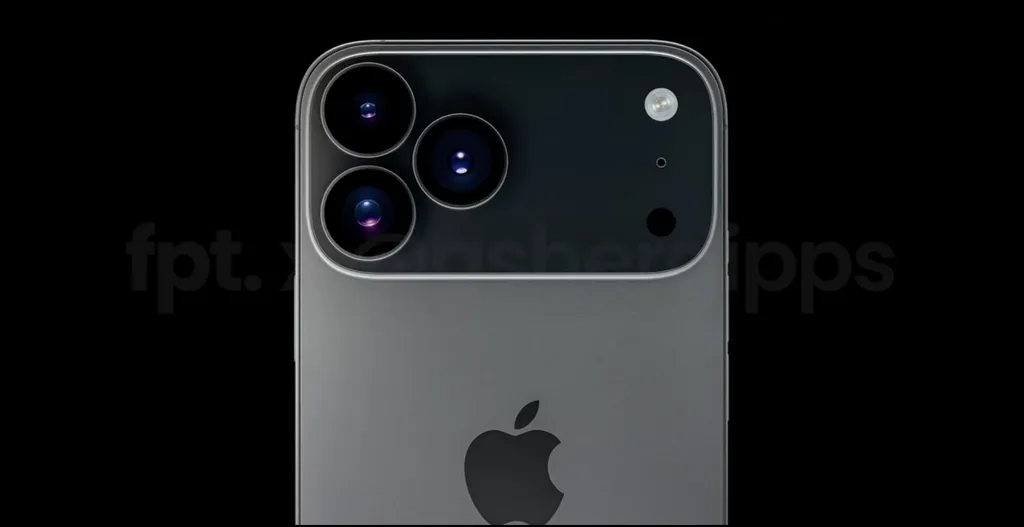 iPhone 17 Pro case leak shows Apple really is about to make a huge design swerve
iPhone 17 Pro case leak shows Apple really is about to make a huge design swerveThis is going to alienate some users
By Sam Cross
-
 Apple's Severance computer may have been a joke, but the keyboard is coming for real
Apple's Severance computer may have been a joke, but the keyboard is coming for realTell us where we can sign up!
By Britta O'Boyle
-
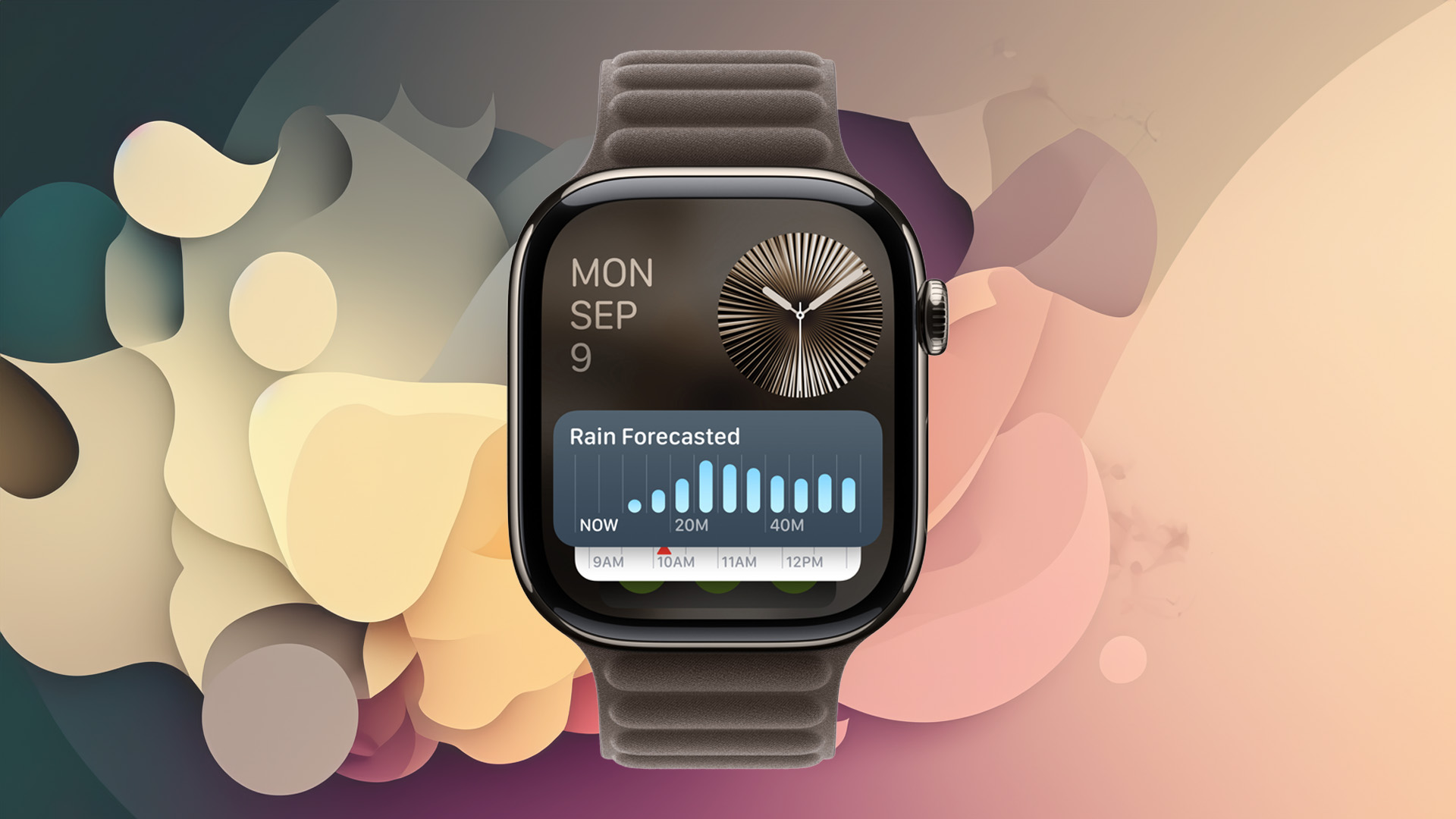 Apple Watch is set to get Apple Intelligence this year, but only with a little help from a friend
Apple Watch is set to get Apple Intelligence this year, but only with a little help from a friendBring on watchOS 12
By Britta O'Boyle
-
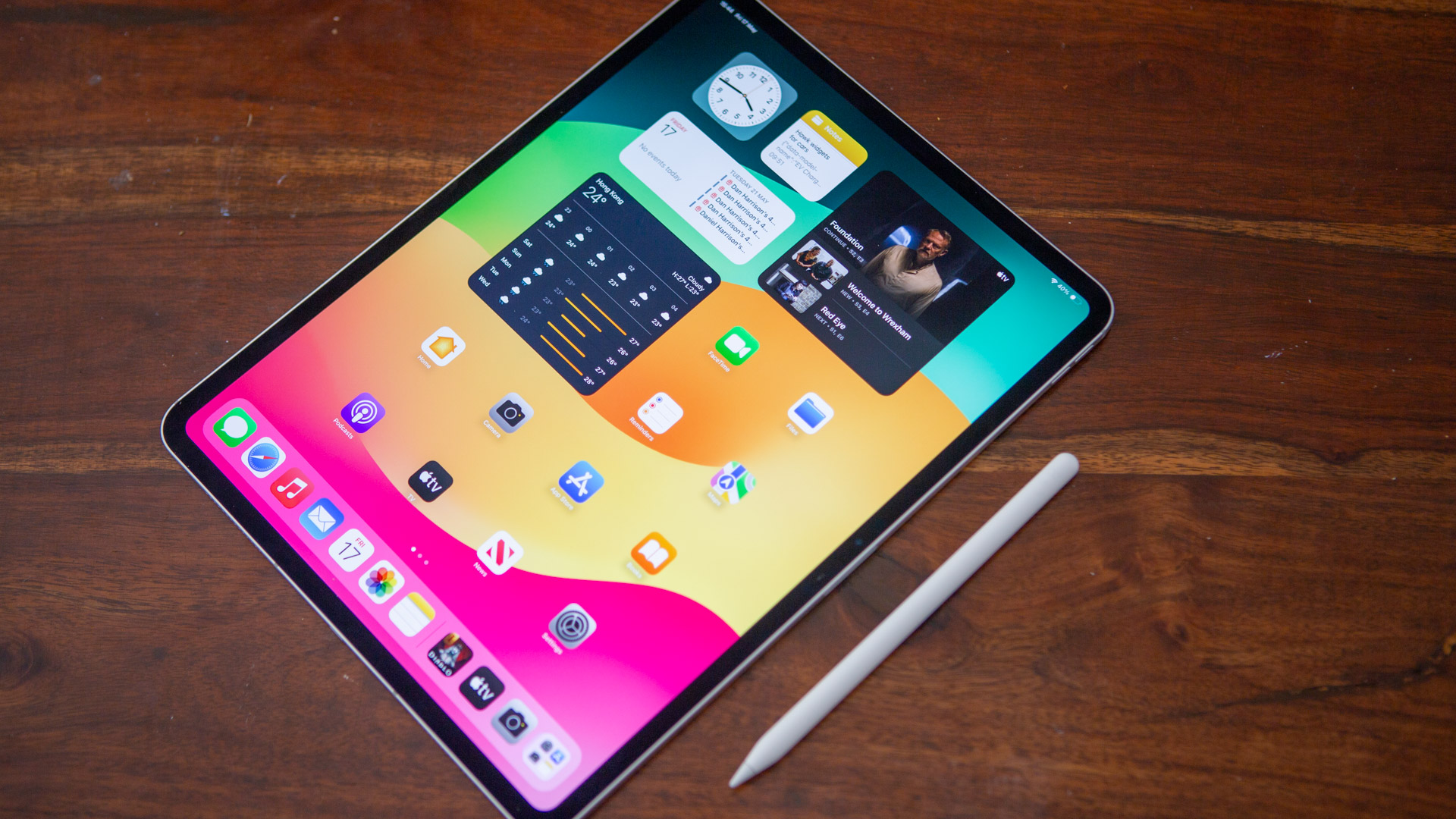 iPad reportedly getting major makeover and your current model could benefit too
iPad reportedly getting major makeover and your current model could benefit tooApple is said to be making a change that iPad power users have been wanting for years
By Carrie Marshall
-
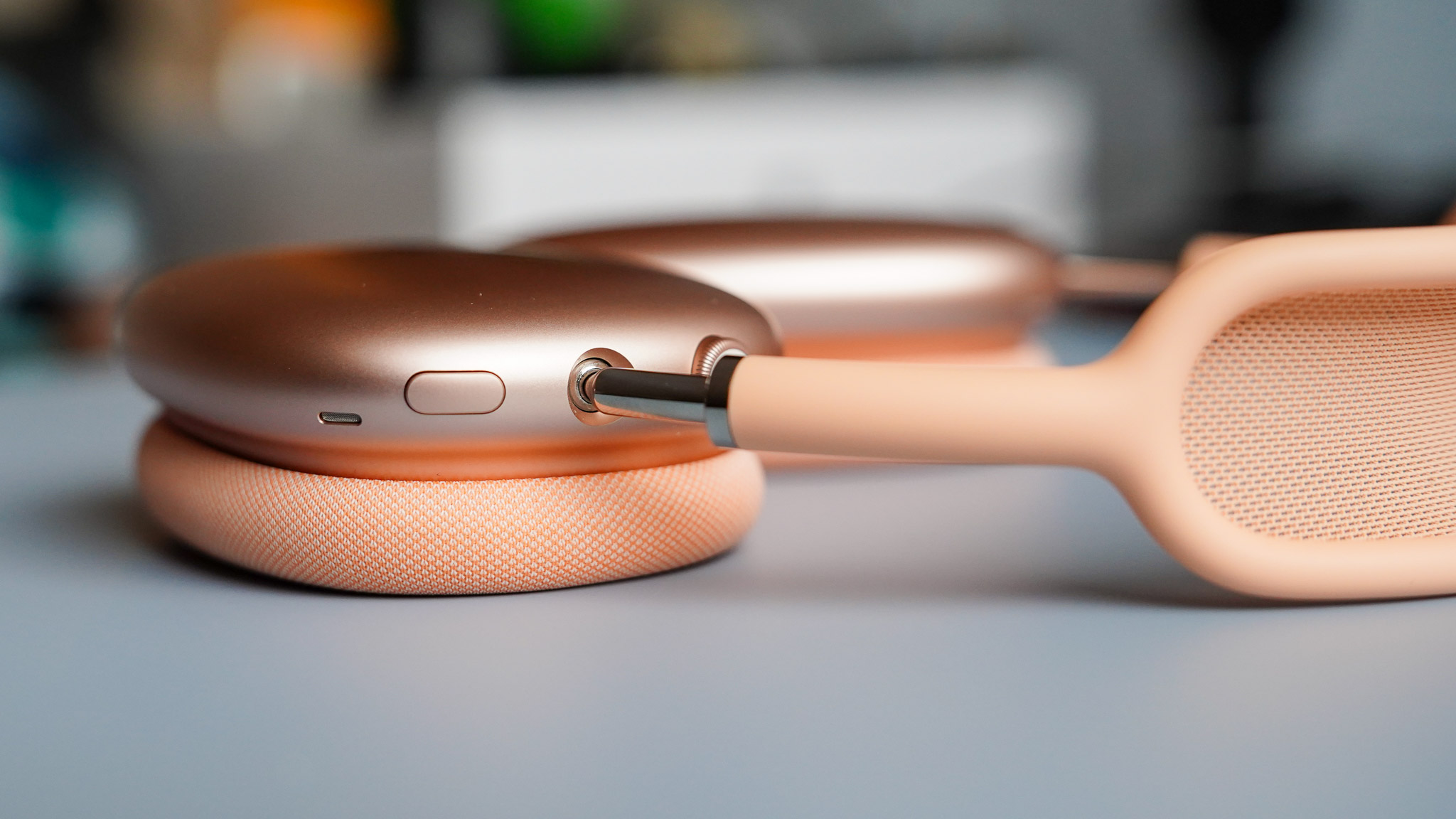 AirPods Max finally get the great free upgrade Apple promised
AirPods Max finally get the great free upgrade Apple promisedHere's how to make sure your headphones are running the right firmware
By Britta O'Boyle
-
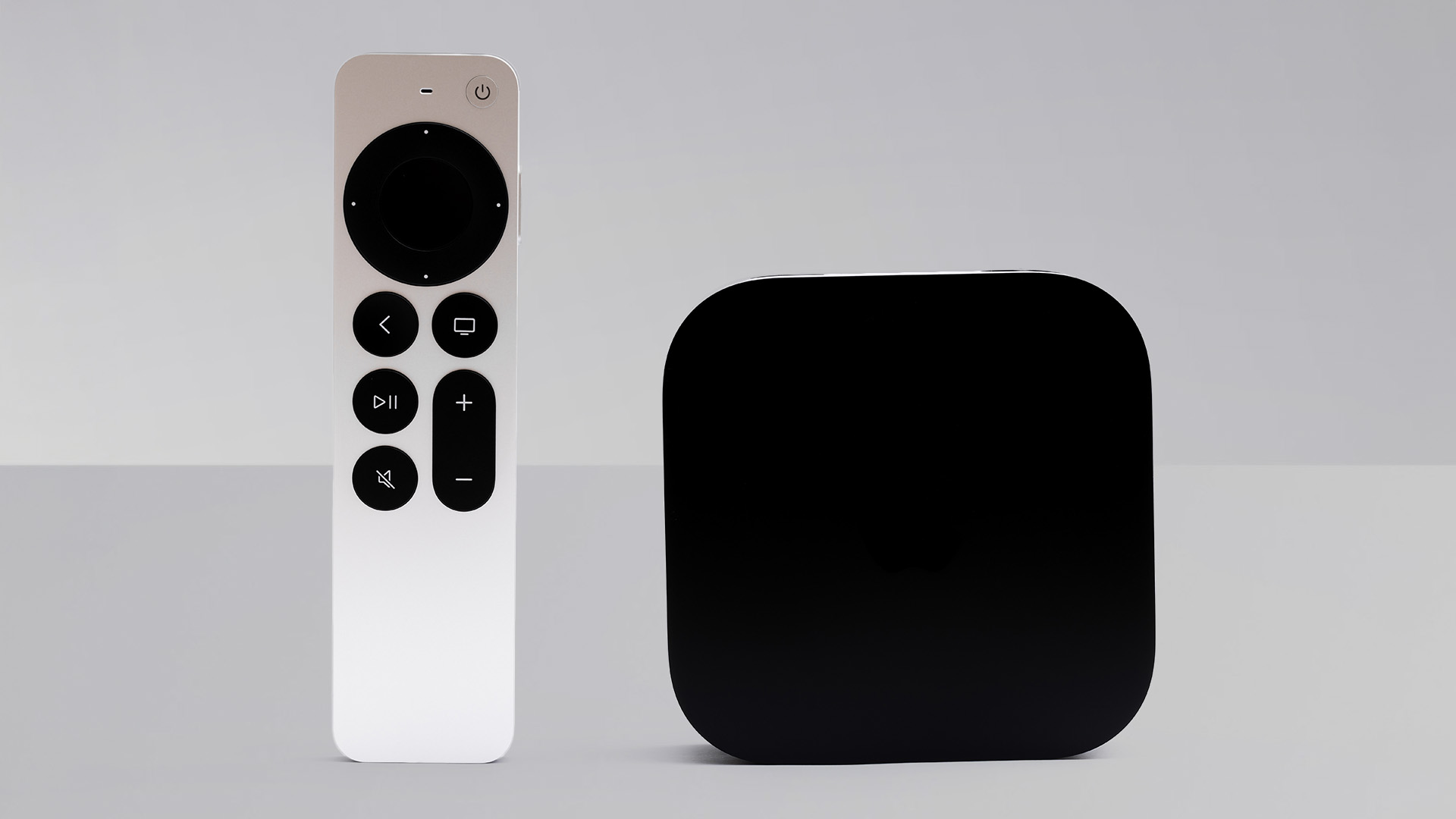 Apple TV gets a free update that makes it more simple to use
Apple TV gets a free update that makes it more simple to useApple has released tvOS 18.4 with a few design tweaks for its TV boxes
By Rik Henderson
-
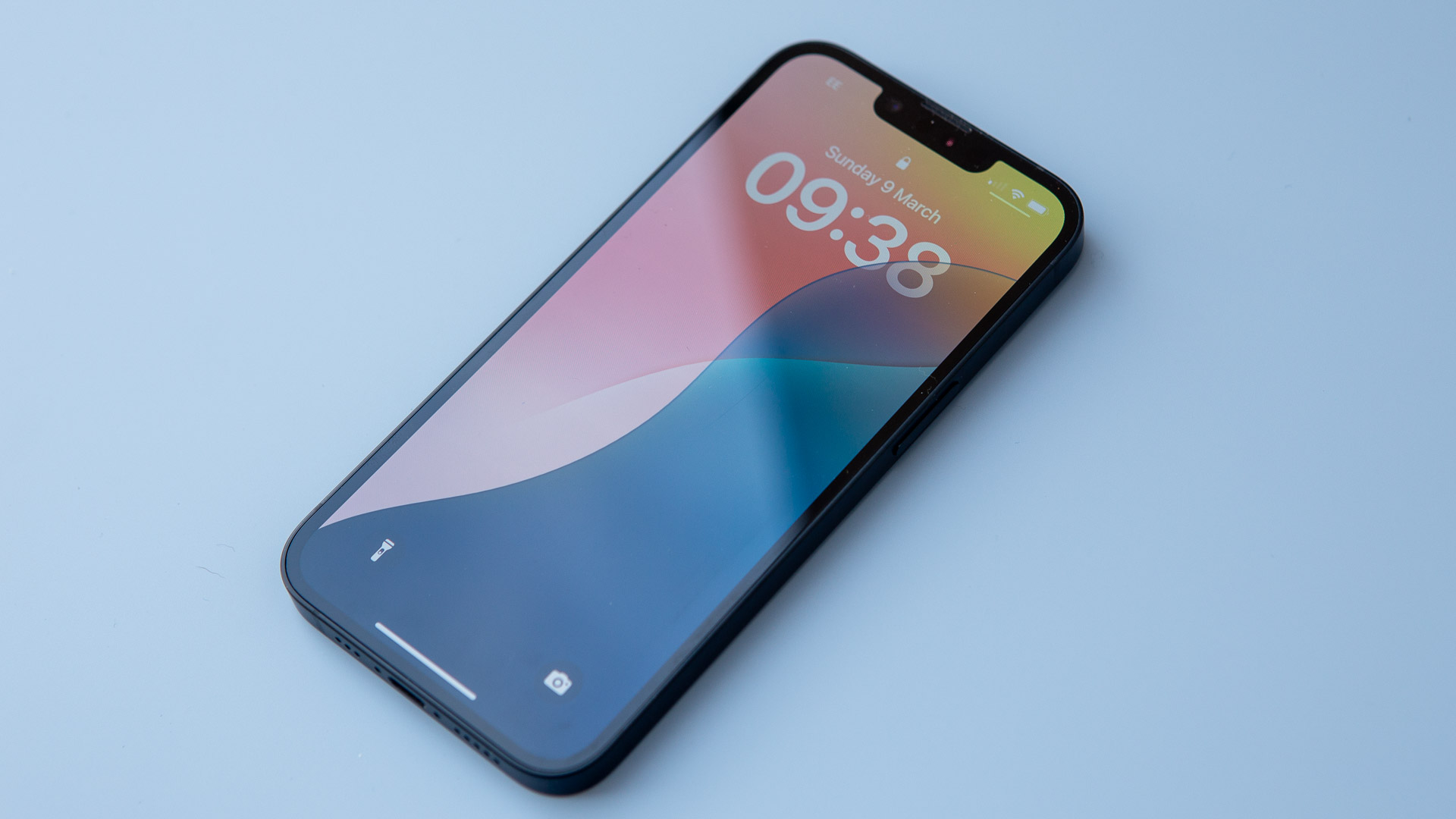 Your iPhone gets some new tricks - here’s what it can do now
Your iPhone gets some new tricks - here’s what it can do nowThe new emojis and priority notifications are probably our favourite
By Britta O'Boyle
-
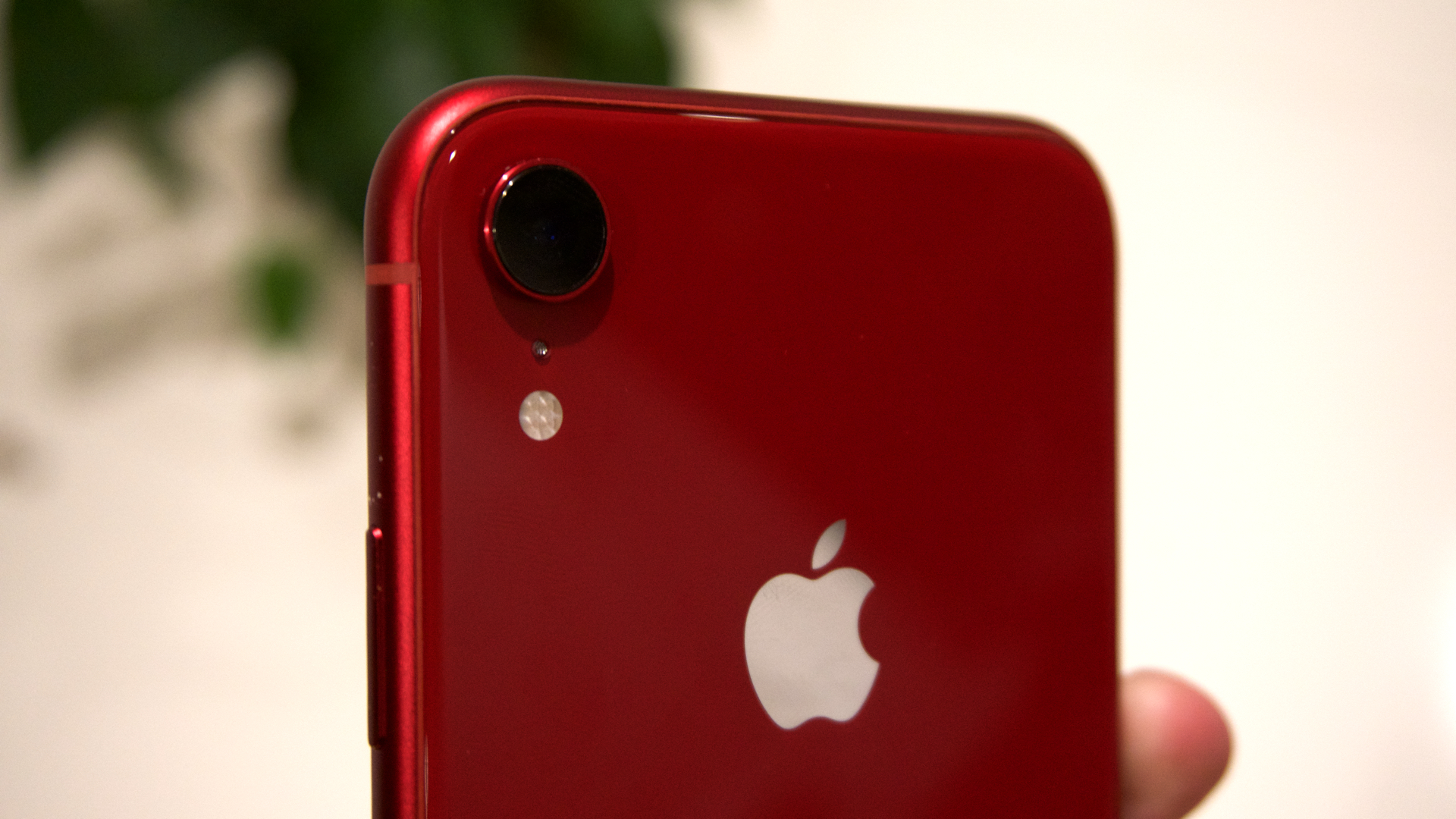 Older iPhones at risk of being left behind when iOS 19 arrives – is your device one of them?
Older iPhones at risk of being left behind when iOS 19 arrives – is your device one of them?Apple will reportedly drop three iPhone models when it comes to the iOS 19 update
By Carrie Marshall